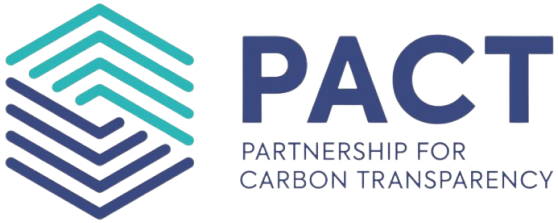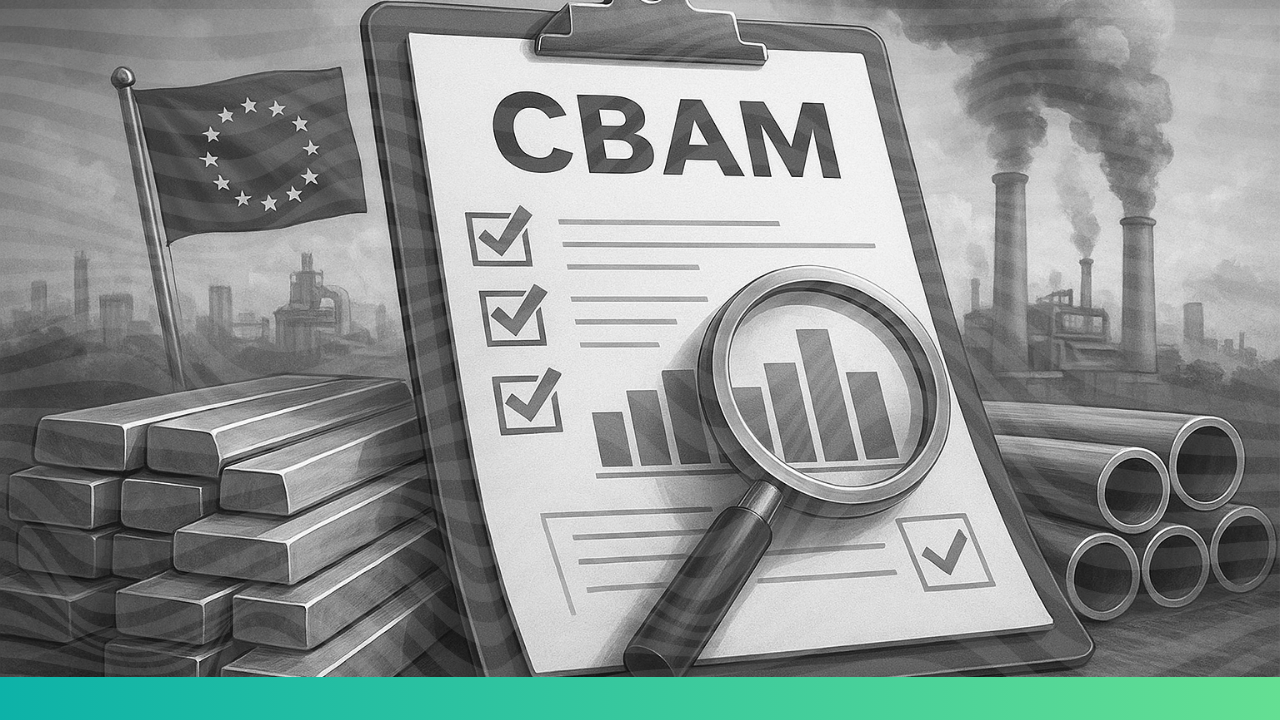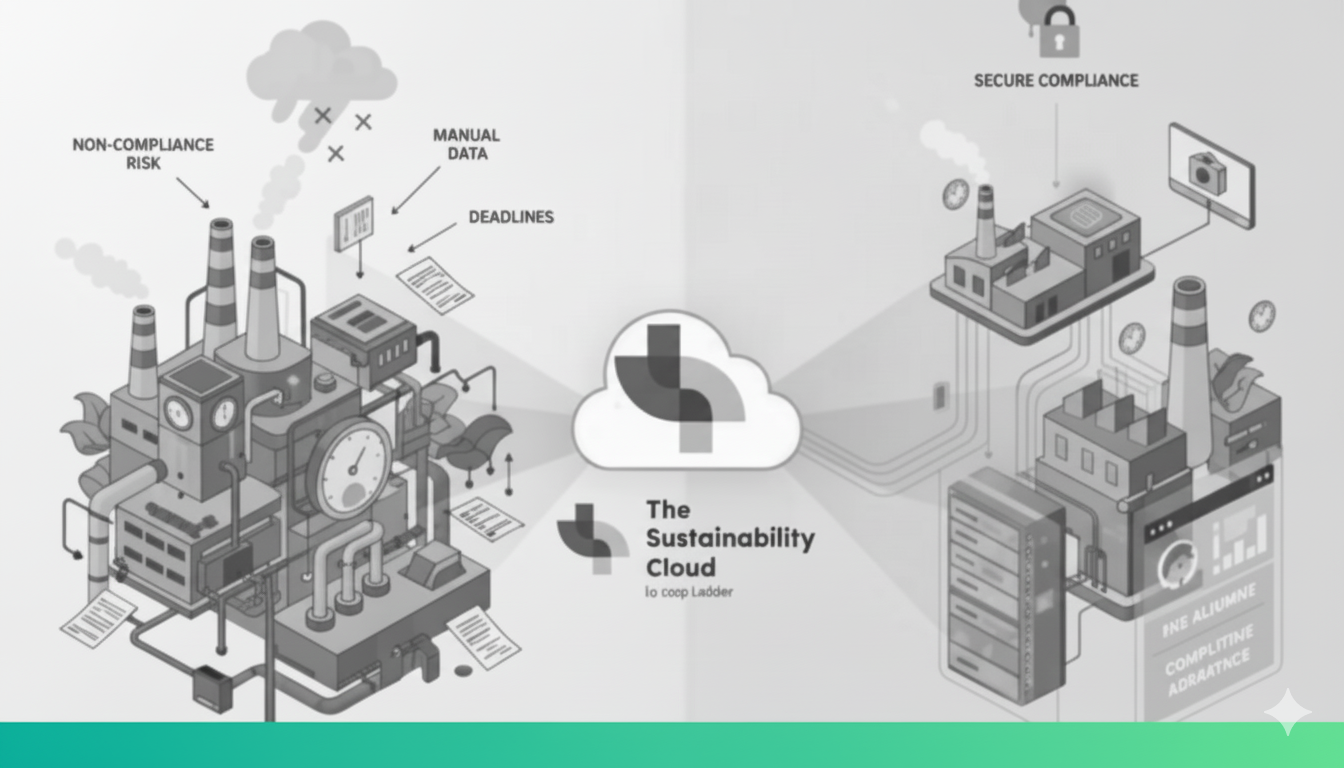Partnership for Carbon Transparency (PACT) aims to tackle the challenge of accurately and efficiently quantifying and reducing emissions. It focuses primarily on organizations managing their corporate value chains emissions or Scope 3 emissions data. Accurate quantification of Scope 3 emissions is difficult because these emissions are not directly related to the company’s activities or assets. For instance, an employee commuting to work using public transport is not under the firm’s direct control, yet the enterprise is responsible for accounting for these carbon emissions.
As per CDP data, Scope 3 emissions account for 75 per cent of the total greenhouse gas emissions on an average across all sub-sectors in Scope 1, 2 and 3. As the majority of emissions emerge from this category, companies have increasingly been paying more attention to measuring and managing their Scope 3 emissions in the entire value chain. Consequently, PACT comes in to fill this gap by ensuring data collection, management and maintaining transparent emission data records for all to access.
What is PACT?

The Partnership for Carbon Transparency was developed as the global standard for calculating and exchanging consistent, comparable, and credible Scope 3 emission data across value chains. PACT was introduced to facilitate transparency in organisations’ Scope 3 emissions as they face immense pressure to decarbonise. PACT removes the challenges related to ensuring transparency on emissions across their value chains.
What is PACT’s function?
PACT engages with stakeholders from a range of industries, innovative technology providers, and leading sector-focused initiatives to combine extensive expertise and create synergies. PACT brings these stakeholders together with disclosure organisations, standard-setting bodies and regulators, to ensure all stakeholders in the ecosystem work together and in close alignment towards their common goal. PACT seeks to turn the Scope 3 emissions challenge into an opportunity for companies and organizations by enabling consistent calculation and exchange of primary data of product cradle-to-gate emissions across value chain partners.
How PACT ecosystem works?
Value chains and industries are intrinsically linked with one another, as one company’s Scope 3 emissions are another company’s Scope 1 and 2 emissions. Therefore, no company can achieve transparency in isolation. Furthermore, there has been a significant uptake in the activity designed to resolve challenges related to Scope 3 emissions. Organisations have now started to explore different approaches to collect and prepare an accurate database for Scope 3 emissions. However, their primary hurdle emerges from a lack of integration and harmonisation. Under the PACT ecosystem, every organisation is expected to share their Scope 3 emissions in a public domain accessed by all the stakeholders. This is aimed at ensuring data transparency and accurate data collection under the PACT.
PACT enables collaboration across the entire ecosystem. Over 150 stakeholders and industry initiatives representing 2,500 companies are involved in data sharing under the PACT ecosystem. The aim of the entire ecosystem is to unite stakeholders across all dimensions of the climate ecosystem to jointly create relevant and actionable standards for carbon transparency across value chains.
Notably, Scope 3 reduction poses critical challenges, accounting for the largest and the most diverse share of a company’s carbon footprint. Lack of transparency across value chains has direct and immediate implications. Organizations are also getting more serious about addressing challenges related to Scope 3 or value chain emissions because of different sustainability directives. The European Commission’s Corporate Reporting Sustainability Directive (CSRD) and the International Sustainability Standards Board (ISSB) requires orgainstions to make disclosure of Scope 3 emissions data.
What is Pathfinder?
A detailed set of guidelines is required to achieve transparency in order to consistently calculate and account for emissions at granular levels. Additionally, a working infrastructure is required to facilitate the exchange of verified primary data across value chains. To reach this stage, 50 companies collaborated with standard setters, regulatory bodies, and industry initiatives to develop the Pathfinder Framework.
PACT establishes the Pathfinder Framework (methodological guidelines) by building on the GHG Protocol and other existing standards to enable consistent product-level emissions accounting and primary data exchange. Pathfinder Network is PACT’s common technology infrastructure for the secure exchange of product-level emissions data across technology solutions and data exchange platforms, linking global value chains and industries. PACT’S Pathfinder ensures a cross-sectoral approach and ways to help organisations develop and exchange primary data-based product carbon footprints across the value chain.
Different organisations can now start implementing the framework within their respective companies to achieve NetZero targets through PACT’s Pathfinder Framework.




